Ferns
Ferns are a group of non-flowering plants that reproduce via spores. They are known for their feathery leaves and are found in various environments around the world, from tropical rainforests to temperate woodlands. Let's explore some key aspects of ferns:
Anatomy of Ferns
Unlike flowering plants, ferns do not produce seeds or flowers. Instead, they reproduce via spores, which are typically found on the underside of their leaves in structures called sori. The leaves of ferns are known as fronds and are often divided into smaller leaflets, giving them a feathery appearance.
Life Cycle of Ferns
The life cycle of a fern begins with the release of spores from the sori. These spores germinate to form tiny heart-shaped structures called gametophytes, which produce both male and female reproductive cells. When water is present, the male cells swim to the female cells to fertilize them, forming a new plant that grows into the familiar fronds of a mature fern.
Ecological Importance
Ferns play a crucial role in various ecosystems. They provide habitat and food for a wide range of animals, from insects to larger herbivores. Additionally, their ability to thrive in shady and moist environments makes them important contributors to the diversity of plant life in forests and other habitats.
Human Uses of Ferns
Throughout history, ferns have been used by humans for various purposes. Some species of ferns are cultivated as ornamental plants for gardens and indoor spaces due to their attractive foliage. Additionally, certain ferns have been used in traditional medicine for their purported healing properties.
Study Guide
- What are the reproductive structures of ferns called?
- Describe the life cycle of a fern.
- Explain the ecological importance of ferns in their respective habitats.
- How have humans utilized ferns throughout history?
By understanding the anatomy, life cycle, ecological role, and human uses of ferns, you can gain a comprehensive understanding of these fascinating non-flowering plants.
.◂Science Worksheets and Study Guides Fourth Grade. Food webs/food chains

 Activity Lesson
Activity Lesson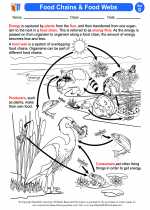
 Worksheet/Answer key
Worksheet/Answer key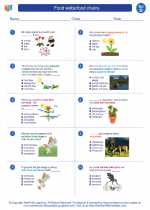
 Worksheet/Answer key
Worksheet/Answer key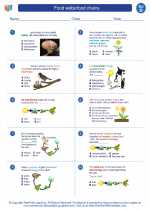
 Worksheet/Answer key
Worksheet/Answer key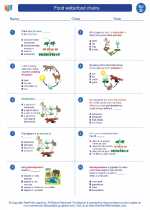
 Worksheet/Answer key
Worksheet/Answer key
 Vocabulary/Answer key
Vocabulary/Answer key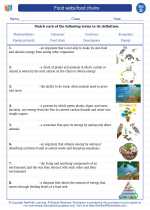
 Vocabulary/Answer key
Vocabulary/Answer key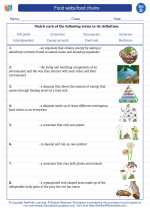
 Vocabulary/Answer key
Vocabulary/Answer key
